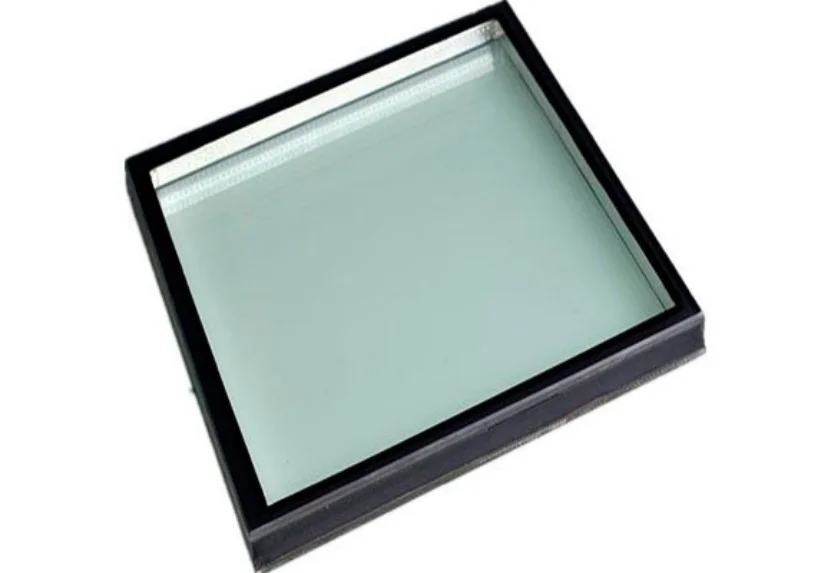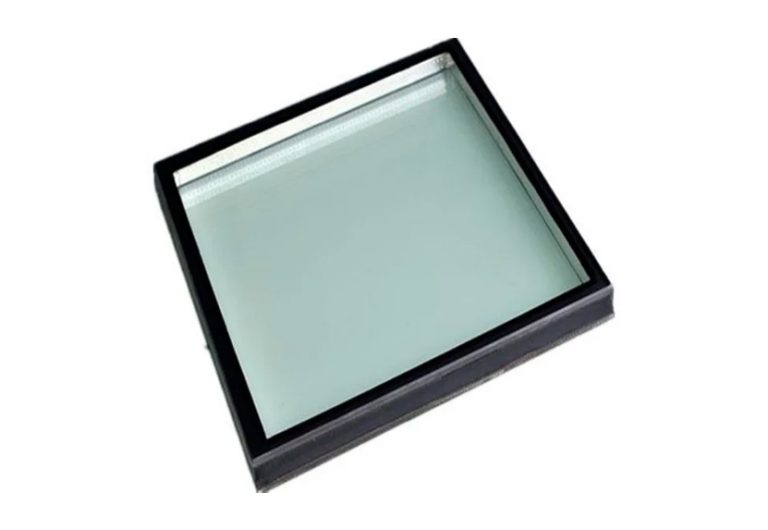Understanding the Structure of Insulating Glass Units

Components of an Insulating Glass Unit
An insulating glass unit (IGU) is a clever setup aimed at boosting energy savings and coziness in buildings. It usually has two or more glass sheets parted by a spacer. This forms a sealed space filled with air or gas between the sheets. The glass can be clear, colored, or coated with low-emissivity (Low-E) layers, based on what’s needed for performance and looks.
The spacer is vital. It keeps the glass pieces separate and locks in a tight cavity. This pocket often holds air or gases like argon or krypton to ramp up insulation. Edge sealants also get added. They block air leaks and keep dampness out.
The Role of Spacers and Sealants in IGUs
Spacers are key parts that hold the glass sheets apart in an IGU. They’re often crafted from stuff like aluminum, stainless steel, or plastics. These materials last long and handle heat stretching well. Today’s spacers might include drying agents. These soak up leftover wetness inside, making the unit work better.
Sealants team up with spacers to shield against outside weather. First-layer sealants stick the spacer to the glass. Second-layer ones beef up strength and weather-proofing. These are crucial. They stop gas from sneaking out and keep the unit solid over time.
Importance of Air or Gas-Filled Spaces
The gap between glass sheets plays a big role in how well an IGU blocks heat. Air’s a common filler since it’s cheap and easy to get. But gases like argon or krypton do a better job. Argon’s heavier than air, so it cuts heat movement. Krypton’s even stronger but costs more.
Picking the right gas depends on cash, local weather, and energy goals. A well-made gap keeps heat in during cold months. It also blocks heat in hot months. This helps keep indoor spaces comfy.
Thermal Performance of Insulating Glass Units
How IGUs Provide Thermal Insulation
Insulating glass units cut heat flow in three ways: conduction, convection, and radiation. The extra glass layers slow down heat passing through. Spacers stop air swirls in the gap. Low-E coatings bounce heat rays back inside.
This mix keeps indoor temps steady no matter the weather outside. Buildings with IGUs need less heating or cooling. That drops energy use and bills.
The Impact of Low-E Coatings on Energy Efficiency
Low-emissivity (Low-E) coatings are thin metal films put on IGU glass surfaces. They boost energy savings by bouncing back heat rays while letting daylight in. In winter, they trap warmth indoors. In summer, they fend off sun heat.
Buildings with Low-E IGUs feel nicer and use less power for climate control. This fits green building aims. It saves energy without hurting style or use.
Common Gases Used in IGUs: Air, Argon, and Krypton
Air’s a go-to for IGU gaps because it’s cheap. But it’s not the best at insulation. Argon steps up the game at a fair price. Its thickness slows heat flow in the gap.
Krypton tops it for insulation but hits the wallet harder. It’s picked for top-notch jobs where energy saving is a must. Choosing between them hinges on budget, heat needs, and eco-thoughts.
Benefits of Insulating Glass Units in Modern Construction

Energy Efficiency and Cost Savings for Buildings
Insulating glass units (IGUs) are game-changers for energy savings in new builds. Their setup—glass sheets split by spacers with a sealed air or gas pocket—slashes heat swapping. This cuts power needs for heating and cooling. Buildings with IGUs hold steady temps all year.
Low-E coatings add to this by bouncing heat rays while letting light through. They keep warmth in during cold times and block sun heat when it’s warm. This helps the planet and saves money on energy costs over time.
Reduction of Condensation and Improved Comfort Levels
Window fog can bug homes and businesses alike. It messes with comfort and might harm frames or nearby stuff. IGUs tackle this well. The air or gas pockets between sheets block temp gaps that cause fogging.
Plus, smart spacers with drying agents grab any dampness inside. This keeps glass clear even in wild weather. It boosts comfort by keeping insides dry and warm.
Enhancing Indoor Temperature Regulation
IGUs shine at keeping indoor temps just right. They cut heat loss in winter. They limit heat gain in summer. This makes for a steady, cozy space no matter what’s happening outside. Low-E coatings and gases like argon or krypton in the gaps make insulation top-notch.
This cuts the need for heaters or air conditioners. It pushes green living and keeps folks feeling good. In harsh climates, IGUs are a must for comfy spaces without big energy use.
Applications of Insulating Glass Units Across Industries
Use in Residential and Commercial Buildings
Insulating glass units are a backbone in homes and business spaces. They’re handy and work great. In houses, they pop up in windows, doors, skylights, and glass walls. They save energy and look good. Homeowners like how they trim bills and keep things cozy.
In offices, malls, or hotels, IGUs meet tough energy rules while keeping people comfy. They fit into sleek outer designs. Special coatings can cut glare and UV rays—big deals in work spaces.
Integration into Public Transport Systems: Trains, Buses, and Trams
Public transit leans on IGUs for their heat-blocking power, toughness, and safety. In trains, buses, and trams, they keep cabin temps nice by cutting outside heat swaps.
Adding laminated or tempered glass to IGUs ups safety. It won’t shatter if hit—key for transit. They handle shakes and pressure shifts, making them perfect for moving setups.
Applications in Facade Panels for Office Spaces
Today’s offices often flaunt big glass fronts. These need smart fixes to mix looks with energy saving. IGUs fit the bill. They insulate well without blocking daylight.
With tricks like silkscreen patterns or prints—offered by pros like Landson Glass—designers get creative flair. These panels look sharp and shrink a building’s eco-footprint.
FAQs
What are insulating glass units (IGUs)?
Insulating glass units have two or more glass sheets split by spacers. They make a sealed air or gas pocket that boosts heat control.
How do Low-E coatings improve energy efficiency?
Low-E coatings bounce back heat rays but let daylight through. They trap warmth in winter and block sun heat in summer.
Why are inert gases like argon used in IGUs?
Gases like argon slow heat flow in the gap. They insulate better than air.
Can I customize my IGU for specific needs?
Yes! AUSTRALIA LANDSON GLASS (QINGDAO) CO., LTD offers custom options tailored for unique building projects (up to 50 words).
For custom fixes that match your project needs or more info on top-grade insulating glass units from Landson Glass—a trusted name worldwide since 2002—contact us today!








